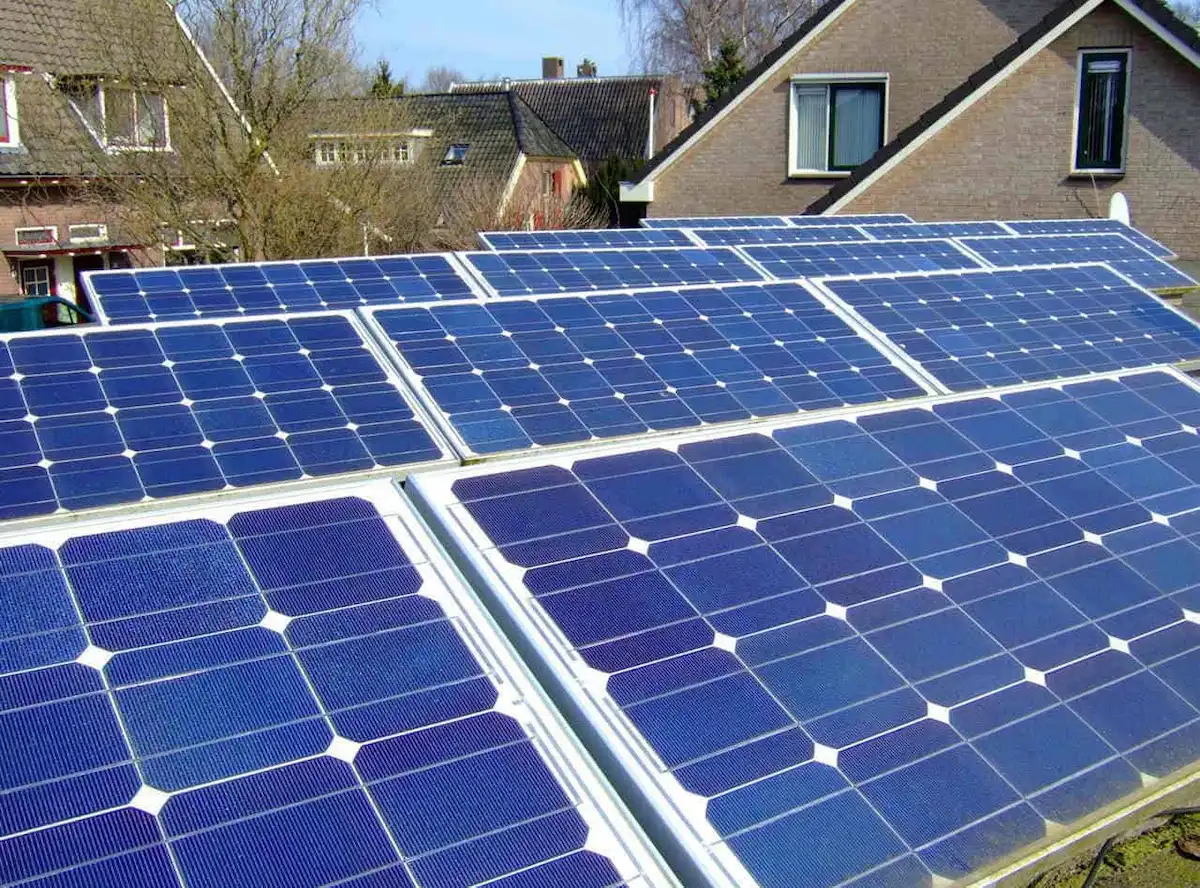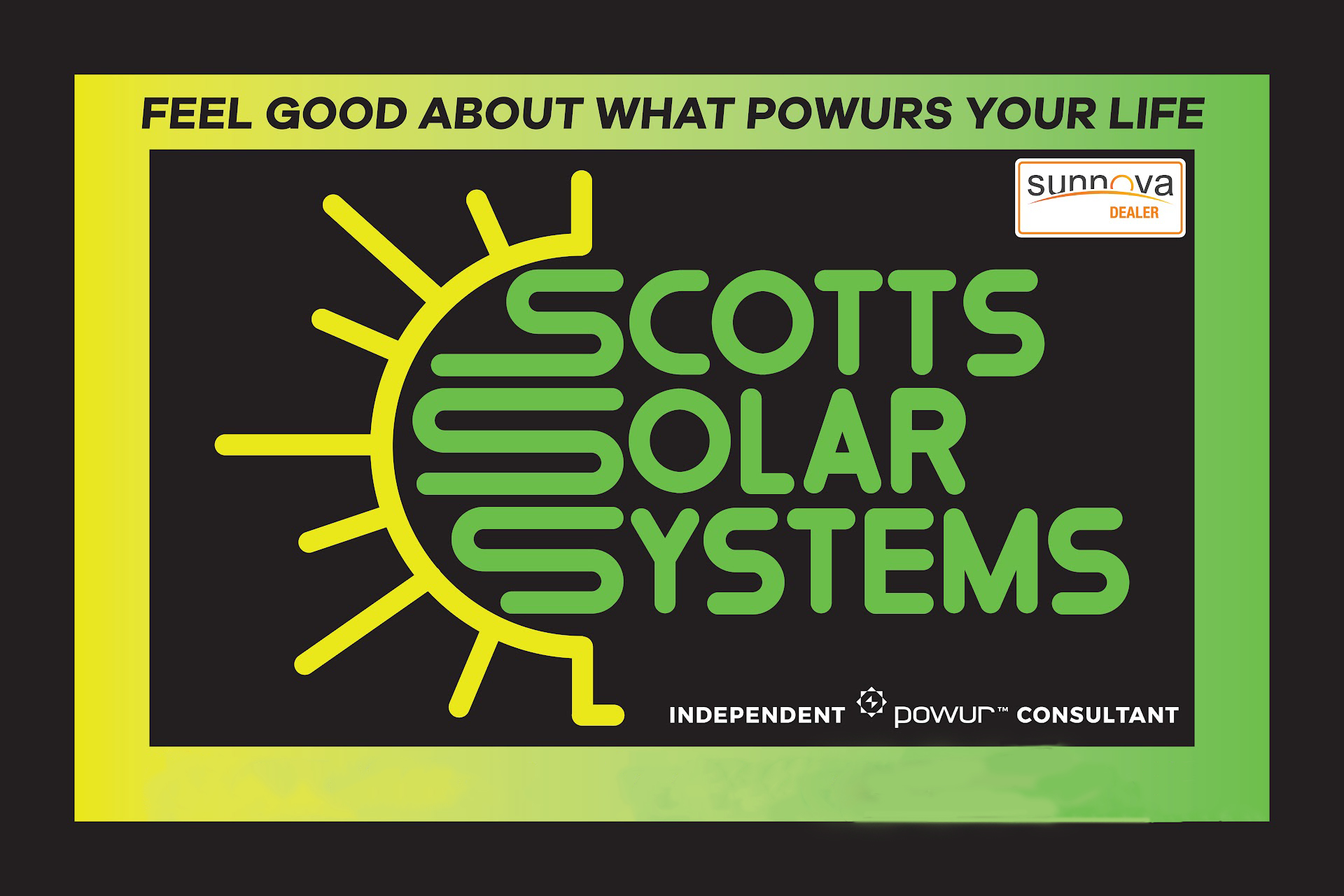How Long Until Solar Pays For Itself?
seo-metrics
April 17, 2024

Solar panels absorb the sun’s rays to generate electricity and are a renewable and greener solution for energy. We have all heard that solar panels are an investment. This statement pretty much justifies that one spends loads of money to get such a system. But as with any investment you do want to get the benefit of the money and make more in the future to recoup the amount spent. In this article, we will explore what essentially is the payback period, the factors that go into the payback period, and how to calculate the payback period.
What is a solar payback period?
A solar panel payback period is the amount of time it takes one to see the reduction in the energy bill in accordance with how much they paid when installing solar. You can think of it as a calculator that will highlight how much time it would take to reach that breakeven on your initial investment.
To calculate, you start with the total cost for installation minus any incentives or rebates you get, then just divide the remaining costs with the monthly electricity saving bills until you finally reach the amount that you initially spent for the investment.

Below is an example to calculate:
- $10,000 was your cost to have the solar panel system installed $5,000 was the rebates received = $5000 is your total investment $500 is your savings per year if your bill each month is reduced by $42 each month $5000( total investment) / 500(savings per year) = 10 years will be the solar payback period.
However, if your electricity rates increase then that will have an impact on the duration of your payback period.
What is an average solar payback period?
On average we can say the payback period is around six to ten years for the investment. It is a broad range because many factors go into influencing the period.
A larger solar installation panel would have a higher cost upfront but the monthly savings would be more.
So if your payback period is ten years you should prepare yourself for around fifteen years as electricity rates and other factors will have a major impact.
Factors that impact the solar payback period
Total cost of your solar panel system
Calculating the cost is fairly simple, just look at the amount spent on buying and installation of the whole system. You will have to look at a few things when calculating the costs below:
- How much electricity you use per year should be calculated- an easy way to calculate this is just to collect a year’s electricity bill and add up each month to find the total cost.
- The size of your solar system- this would be calculated in kilowatts. Depending on how much electricity you use the kilowatts should be installed accordingly so they are efficient as you do not want very little or a lot more than needed.
- Calculate the overall cost- calculate all the factors that go into solar panels and then come up with the figure accordingly.
The quality of the solar panel
It is well known that the better the quality the higher the price. But an expensive product does not always mean that it is better than an inexpensive one. But if you are looking for top-quality that would be expensive, that means the costs would be higher and the payback period would be affected.
Incentives and tax credits
Rebates and incentives are usually provided by the government for switching to a more renewable and greener energy source, in simple terms it is a discount you get. Any money you get will help make your solar panel payback period duration shorter as you can just minus this from the total costs.
Not only that but you also get savings from the net metering which is essentially the credit you get for feeding electricity back into the solar grids. If your solar panels create more electricity than needed they will give you credit that you can offset in the future.
Energy consumption
The amount of electricity that is required by the home will have an impact on how much you pay each month for the electricity. The first step in this is to calculate how much electricity you use per month, then take into consideration how much you will save based on the rate of the utility company.
You need to consider that the cost of electricity does go up over time. This would indicate that in the longer run, you will be able to save more money and this will help you decrease the duration of the payback period as green energy would be used often.
Electricity production of the solar panels
This is where you focus on the efficiency of your solar panels. Indeed, solar panels will not always offset 100% of the energy usage. As some panels will tend to produce more than what you require, this can go into the net metering credits.
Moreover not only that but over time the solar panels will become less efficient. This implies that you will not save as much as before towards the end of the solar panel life, as this would mean that you would need some electricity from the electrical provider. The average lifespan of solar panels is 25 years and mostly they retain 80% of their energy efficiency. So regardless this amount of time will be more than enough to help you reach your payback period.
The output
This is merely based on the climate and the sun.
Solar panels indeed require sunlight to produce the energy. If it is a cloudy day you cannot do much about it. So, the less energy is produced the higher the payback period.
Final thoughts
Solar panels are a greener solution for energy along with that they are an investment as it has a large upfront cost. The larger the system you want to get for solar panels the more the upfront cost would be. The energy for solar panels is calculated in kilowatts. The average payback period for solar panels is between 6-10 years but this can also vary on other factors such as the cost of energy, the usage, the government grants, the credits, and most importantly the initial cost of installing the whole solar panel system. The average life of solar panels is usually 25 years and during this time they are fully efficient but can become less in the last few years, which would require a little bit of energy from the electricity provider.

